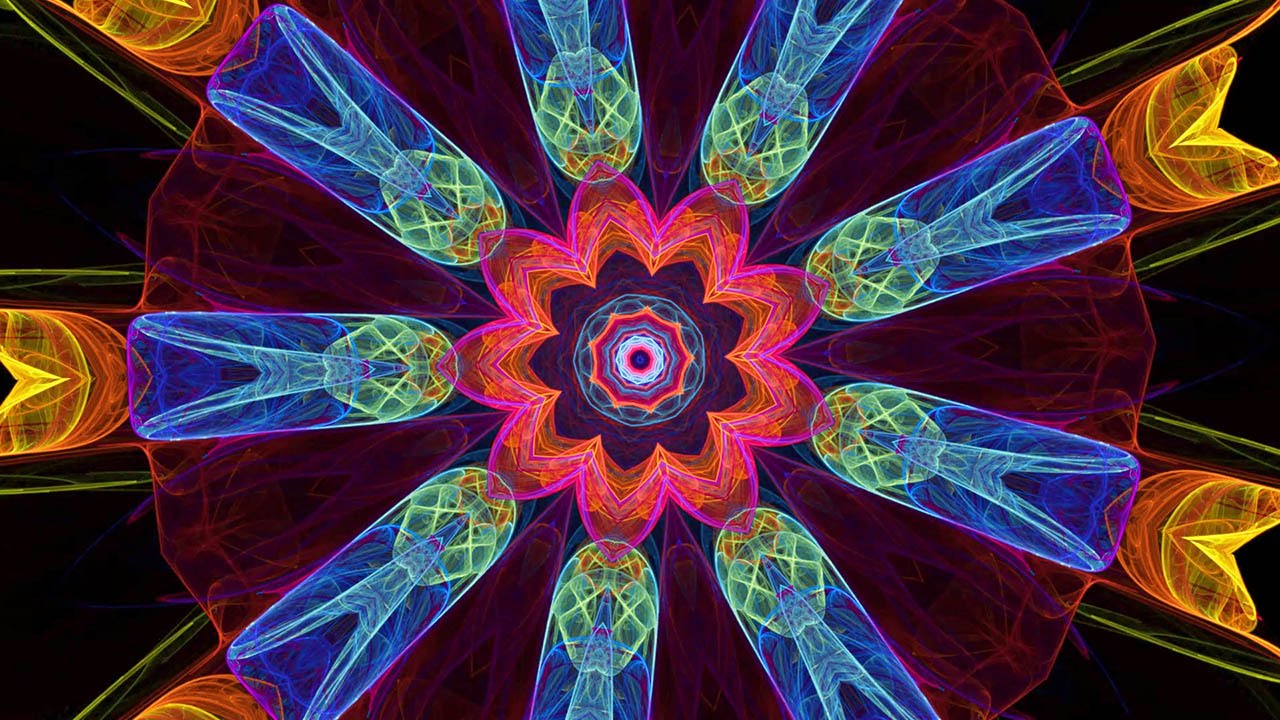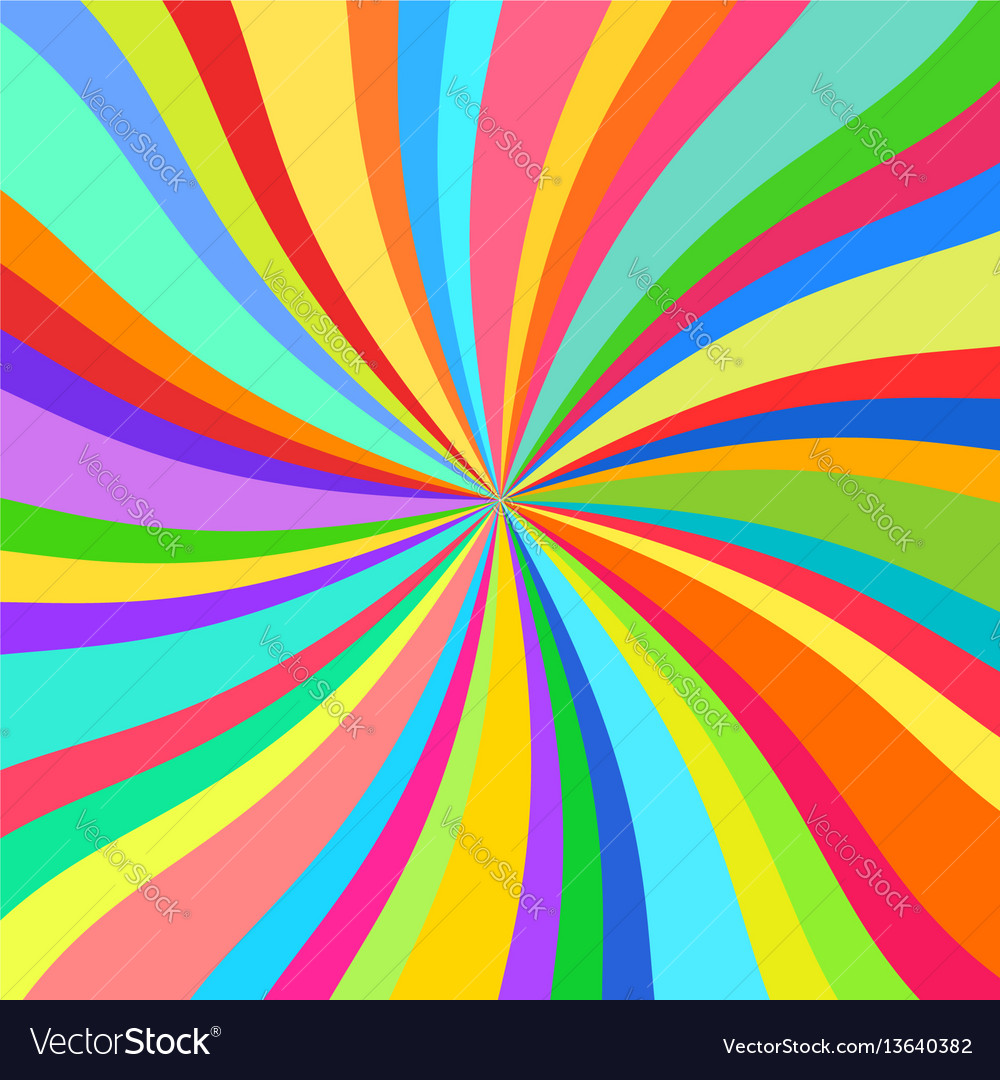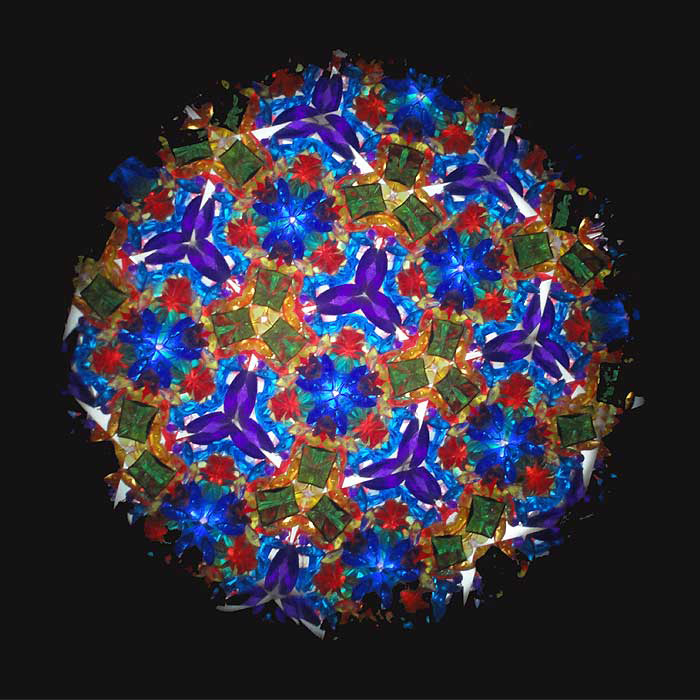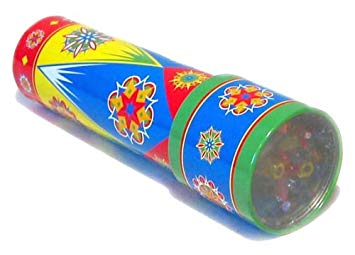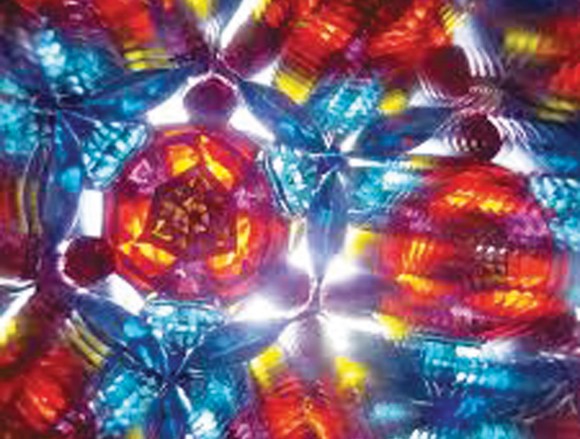
noun
- an optical instrument in which bits of glass, held loosely at the end of a rotating tube, are shown in continually changing symmetrical forms by reflection in two or more mirrors set at angles to each other.
- a continually changing pattern of shapes and colors.
- a continually shifting pattern, scene, or the like: The 1920s were a kaleidoscope of fads and fashions.
noun
- an optical toy for producing symmetrical patterns by multiple reflections in inclined mirrors enclosed in a tube. Loose pieces of coloured glass, paper, etc, are placed between transparent plates at the far end of the tube, which is rotated to change the pattern
- any complex pattern of frequently changing shapes and colours
- a complicated set of circumstances
1817, literally “observer of beautiful forms,” coined by its inventor, Scottish scientist David Brewster (1781-1868), from Greek kalos “beautiful” + eidos “shape” (see -oid) + -scope, on model of telescope, etc. They sold by the thousands in the few years after their invention, but Brewster failed to secure a patent.
Figurative meaning “constantly changing pattern” is first attested 1819 in Lord Byron, whose publisher had sent him one. As a verb, from 1891. A kaleidophone (1827) was invented by English physicist Sir Charles Wheatstone (1802-1875) to make sound waves visible.
 Liberal Dictionary English Dictionary
Liberal Dictionary English Dictionary
